Action: James playing with a new friend.
Dialogue: Laughter, playing sounds. Timing: 7-8 seconds. Camera Angle: MLS. Props: Ball. Action: Focus on the baby's face to show innocence and joy.
Dialogue: - Timing: 3-4 seconds. Camera Angle: CU. Props: Toys, crib.
This is the mood board of the video required for our group assignment, which depicts the different interpretations of the concept of play by people at different stages of their lives. The overall color scheme shows the progression of life, with all the ups and downs in life they bring. In my post last week, I highlighted a quote of Jonathan Wilson's, namely that of how a playmaker was perhaps not so much a kind of player, but more a state of mind, a mental construct with a single objective in mind: "Go forth and create." Yet, the implication of that theory, once thought upon, are not something I can say I enjoy brooding on. It is not something I even want to hear, you could say. For should it be true, it means that even the lowliest of craftsmen that play the beautiful game and the dullest of workers would be grouped with the likes of Cruyff and Platini in the classification of the playmaker. It would mean that anyone can be a playmaker, as long as they create. It would mean an end to the distinction of what constitutes art in football. No longer will the exquisite lofted pass over a defender, the precise through-ball or the inch-perfect diagonal pass be considered the tools of a playmaker, and their identity; instead, anything that leads to a goal will be considered playmaking. A long hoofed ball from the defense, the primary weapon of the Reepian way? Playmaking. A simple cross from out wide? Playmaking. A long throw-in? Playmaking. The purist in me shudders to think of such tactics being considered in the same breath as classical, creative play. Perhaps it is my conservatism, but a playmaker can not - should not - be a title so easily granted, a hallowed position even those scrabbling in the mud can aspire to. A playmaker is not defined. A playmaker is born, created, forged from birth. Either you have the ability, or you don't. There is no middle path, because there simply isn't one. Unlike ethics and morality, there is only a yes and a no. I'll stop here before it descends into a full-blown rant on football. Jaden out. Introduction:
What comes to mind when I see the word 'play'? More than anything else, it tells me of a certain sort of football player, a player honored and revered in the sport - the playmaker. In different nations, they go by different names, but whatever they are called, it cannot be denied that these players are crucial to ensuring that 'the beautiful game' is indeed beautiful, for without them, there is no play. Without them, the word 'play' becomes irrelevant - and so this post will be dedicated to the prime artists of football, the true players of the game. Types of playmaker: There are several types of playmaker, namely the no. 10, the wide playmaker and the deep-lying playmaker. The first plays in the zone just behind where the striker, or strikers play, a zone also known as the 'hole', Examples of such players include Mesut Özil, Roberto Baggio and Zinedine Zidane. They are known as enganches in Argentina, trequartistas in Italy and meia-atacantes in Brazil. And then there are the wide playmakers, namely those players like Santi Cazorla, Juan Mata and David Silva. Instead of starting in a central position, in the 'hole', they drift into that zone from out wide, and these players are known as interiores, or perhaps mezzalas, depending on their playing style. Others sit in front of the line of defense, much like a stereotypical destroyer (a player whose primary job is to break up play, instead of creating it) and create from that zone. Examples of such players are Xabi Alonso, Andrea Pirlo, Xavi Hernández, Mateo Kovačić and Marco Verratti. These types of playmakers are most often identified by the Italian term, the regista, while the Brazilian equivalent is meia-armador. How the playmaker influences play: The playmaker's responsibilities are rather simple, although arguably one of the most important ones in a football team - create play. With the notable exception of the regista, the typical playmaker plays in the zone just behind where the striker, or strikers play, a zone also known as the 'hole', and their job is to receive the ball from a teammate playing deeper, before playing an incisive pass that splits the defense or stretches play, allowing the players tasked with getting goals opportunities to do so. As for the regista, their role is somewhat more unusual - instead of merely playing incisive passes, their role is to help dictate the tempo of play by helping their team keep possession or via initiating fast transitions from defense to attack. Since they also play in front of the defenders, their duties include those of the defensive as well - which means helping out when the team defends, whether through tackles, interceptions or committing cynical fouls. Whatever role they play, playmakers are often the only source of creativity - without that creativity, their team finds it harder to create moves, and thus matches can sometimes be decided on the basis of which team's playmaker is shut down and stifled more. The evolution of the playmaker: Ask a football fan what comes to mind when the term 'playmaker' is mentioned, and they will likely give you an answer that describes the classical playmaker; a temperamental and controversial man whose talent is undeniable; the fortunes of his team rise and fall with his ego and form; Johan Cruijff and Juan Roman Riquelme were two such playmakers. In fact, Asch (2007 cited in Wilson, 2008, pg. 136-137) wrote of the Argentinian playmaker, the enganche, as "an artist, almost by definition a difficult, misunderstood soul", a man who wasn't always a leader, but "a romantic hero, a poet, a misunderstood genius with the destiny of a myth" who "only works under shelter, with a court in his thrall and an environment that protects him from the evils of this world." Indeed, this was how a playmaker was like back in the old days, but with the advance of football tactics, the playmaker has adapted to fit in. No longer are the makers of play in football purely central, selfish and moody players who demand that they be set up to provide that moment of magic; more than anyone else, they are versatile, capable of playing wide and even upfront as the main striker - which is termed as a false nine - and indeed, they are also unselfish, often eschewing the chance to score by giving others that very chance. No longer are playmakers expected to provide a moment of magic alone, with an extra playmaker often deployed to assist them. As Cox (2010) once wrote, this is due to several reasons, like the importance of off-the-ball movement, the increasing adaptability of attacking players and the change of the dominant system in Europe from 4-4-2 to 4-2-3-1. Due to those reasons, playmakers could no longer expect to remain static players; they had to vary their movement, learn new tricks, such as being capable of playing in different positions - or be marginalized by the aspects of the modern game itself. With playmakers no longer truly being capable of definition based on a few rigid aspects, Wilson (2010) has stated that playmakers are possibly no longer a defined position, but a state of mind - a mind geared and tuned to the art of play. Conclusion: High up? Deep? Wide? A state of mind and thought, purely a mental construct? It doesn't matter; the playmaker, however it will come to be defined in the future, will remain the darling of the football community as long as they remain, simply put, the makers of play. As has been stated earlier, without them, there is no play - and without play, football as we know it as dead. In a sense, playmakers are more than just players. They are the artists who breathe life, vibrancy and color into the game. Without them, football would very much be a lesser, trifling thing - football fans worldwide owe an unaccountable debt to these maestros, both past and present. References: 1. Cox, M., 2010. Zonal Marking. [online] Available at: <http://www.zonalmarking.net/2010/01/21/how-the-2000s-changed-tactics-9-versatile-attacking-players/> [Accessed September 13 2013]. 2. Wilson, J., 2008. Inverting the Pyramid. London: Orion. 3. Wilson, J., 2010. The Question: What is a playmaker's role in the modern game? The Guardian, [online] 18 August. Available at: <http://www.theguardian.com/sport/blog/2010/aug/18/what-is-a-playmakers-role-in-modern-game> [Accessed September 13 2013]. |
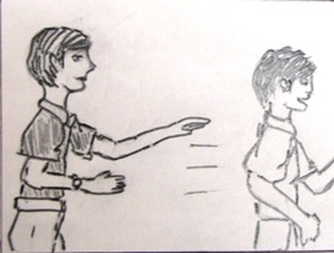
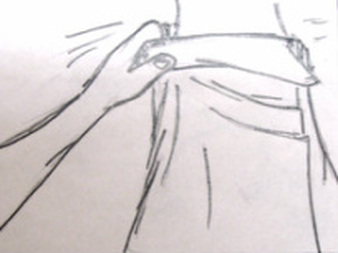
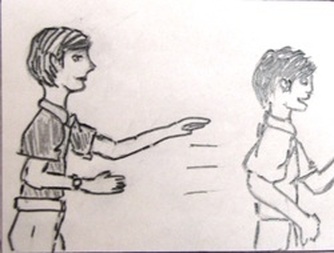
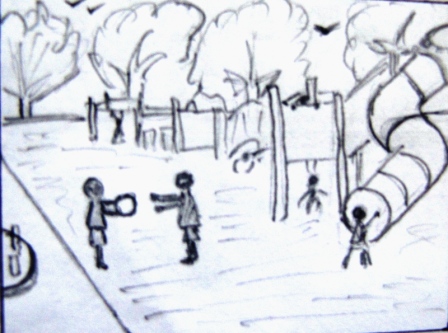
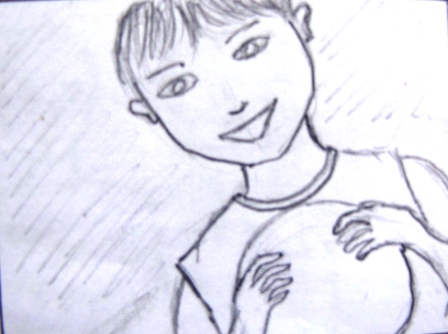
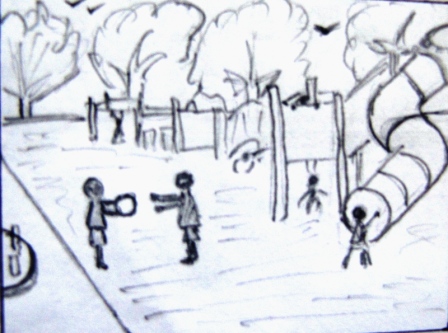
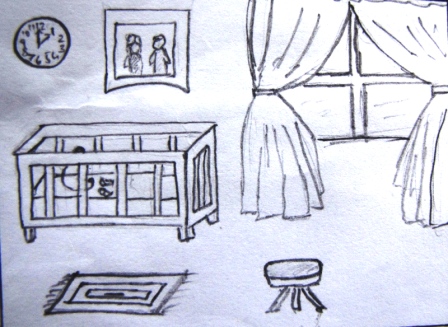
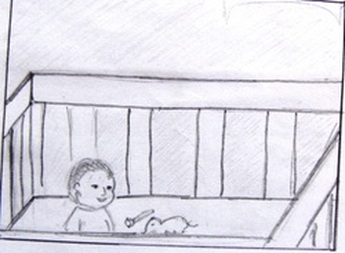
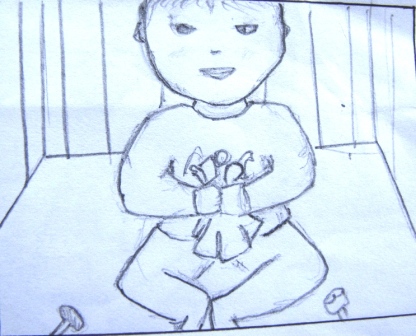

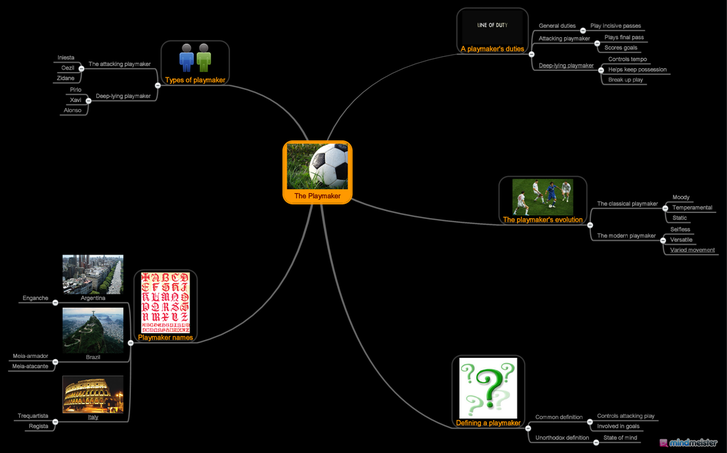

 RSS Feed
RSS Feed